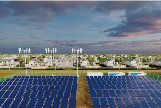 Innovative solutions to sustainable energy and power supply challenges
Innovative solutions to sustainable energy and power supply challenges
Aug 28, 2023
Lead:
With the continuous advancement of energy transformation and sustainable development, microgrid systems have attracted increasing attention as an innovative energy solution. This article will explore the concept, principles and value of microgrid systems, and focus on the application of microgrid systems in solving sustainable energy and power supply challenges.
1. Concept and principle:
Microgrid system refers to a local power supply network system composed of renewable energy sources (such as solar energy, wind energy, etc.) and traditional energy sources (such as gas, diesel generator sets, etc.). By integrating distributed power generation and energy storage technology, the microgrid system can realize a self-sufficient power supply and interconnection with traditional power grids.
The principle of microgrid systems is based on a series of key technologies. First, through the use of renewable energy sources, such as solar panels and wind turbines, to convert natural resources into electricity. Second, use energy storage technologies, such as lithium-ion batteries, supercapacitors, etc., to store excess energy so that it can be released when needed. Finally, through the intelligent energy management system, the energy in the microgrid system is monitored and dispatched in real time to achieve optimal utilization of the overall energy and balance between supply and demand.
2. The value of the microgrid system:
(1)Improve energy utilization efficiency: The flexibility and distributed energy characteristics of the microgrid system can maximize the use of renewable energy, reduce energy waste, and improve energy utilization efficiency.
(2)Balance energy supply and demand: The microgrid system can perform intelligent scheduling according to energy demand and available energy to ensure the balance of energy supply and demand. This is crucial for stabilizing the power supply and eliminating energy shortages.
(3)Load adjustment: The microgrid system can dynamically manage the load and adjust it according to actual needs, avoid energy waste and load overload, and improve the stability and reliability of the power system.
(4)Participate in the electricity market: The microgrid system can be interconnected with the traditional grid and participate in the electricity market. By selling excess energy, microgrid systems can enable energy transactions, providing economic returns for system operation.
(5)Reduce carbon emissions: The microgrid system mainly relies on renewable energy, reduces reliance on traditional fossil fuels, fundamentally reduces carbon emissions, and contributes to climate change and environmental protection.
3. Application of microgrid system:
(1)Remote areas and islands: For remote areas and islands where power supply is difficult, the microgrid system can provide reliable power supply, reduce dependence on traditional power grids, and improve the living conditions of residents.
(2)Industrial and commercial power consumption: Microgrid systems can help industrial and commercial areas achieve efficient and reliable power supply, reduce energy costs, and reduce pressure on traditional power grids.
(3)Green communities and residential areas: Through the micro-grid system, green communities and residential areas can make full use of renewable energy and promote sustainable development and the construction of environmentally friendly communities.
(4)Emergency backup power supply: The microgrid system can be used as an emergency backup power supply to meet the power demand during natural disasters or traditional power grid failures, and provide power supply guarantee for key facilities.
Summarize:
As an emerging energy solution, microgrid systems are of great significance in the challenges of sustainable energy and power supply. It achieves efficient use of energy, load balancing and reduction of carbon emissions by integrating renewable energy, energy storage and intelligent management technologies. The microgrid system will provide reliable and clean power supply in remote areas, industrial and commercial power consumption, green communities and residential areas, and promote sustainable development and energy transformation. With the continuous advancement of technology and the promotion of applications, the microgrid system is expected to become an important part of the future energy field and contribute to the construction of a clean and sustainable energy future.
Read More
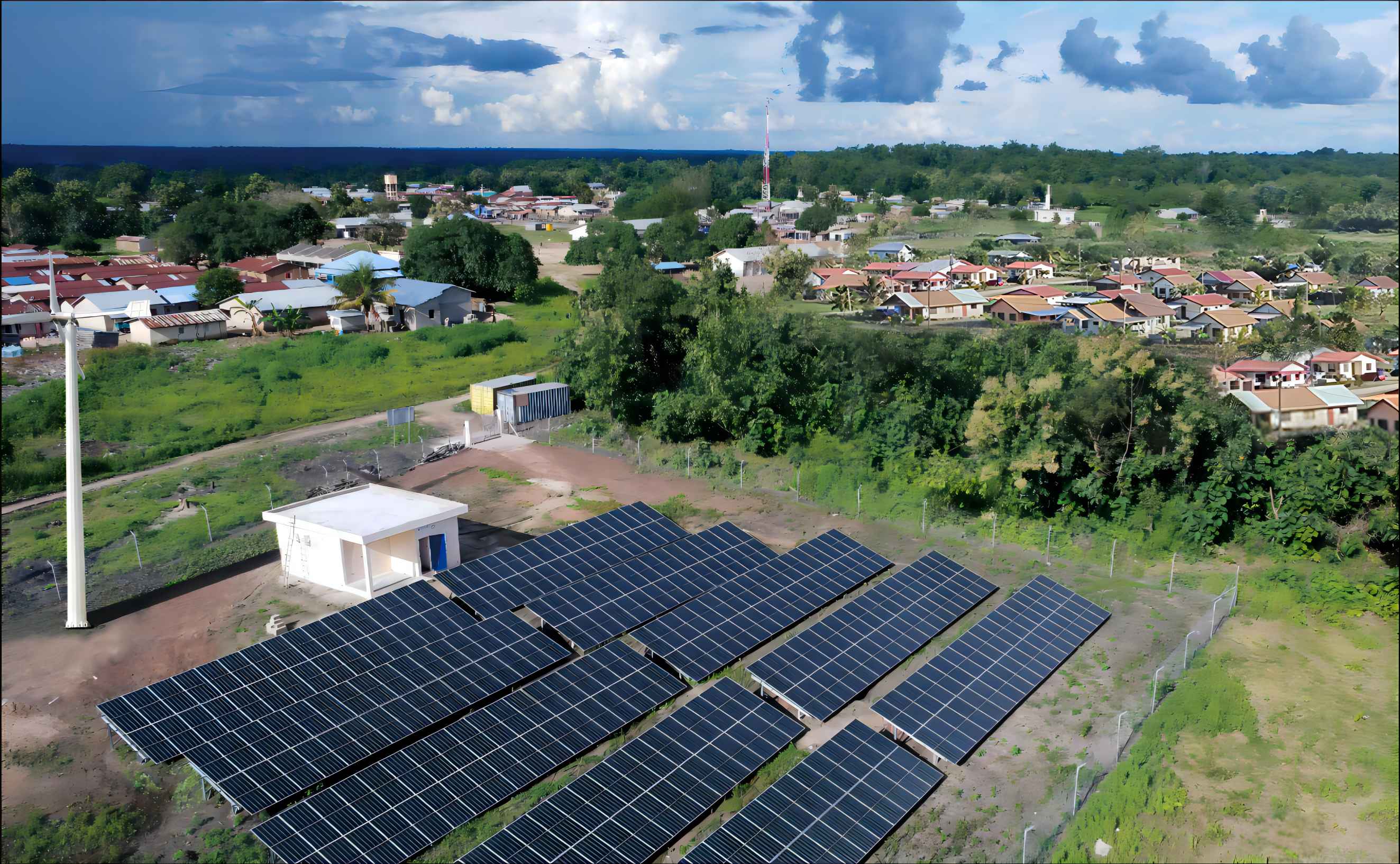 Comprehensive analysis of energy storage power station system
Comprehensive analysis of energy storage power station system
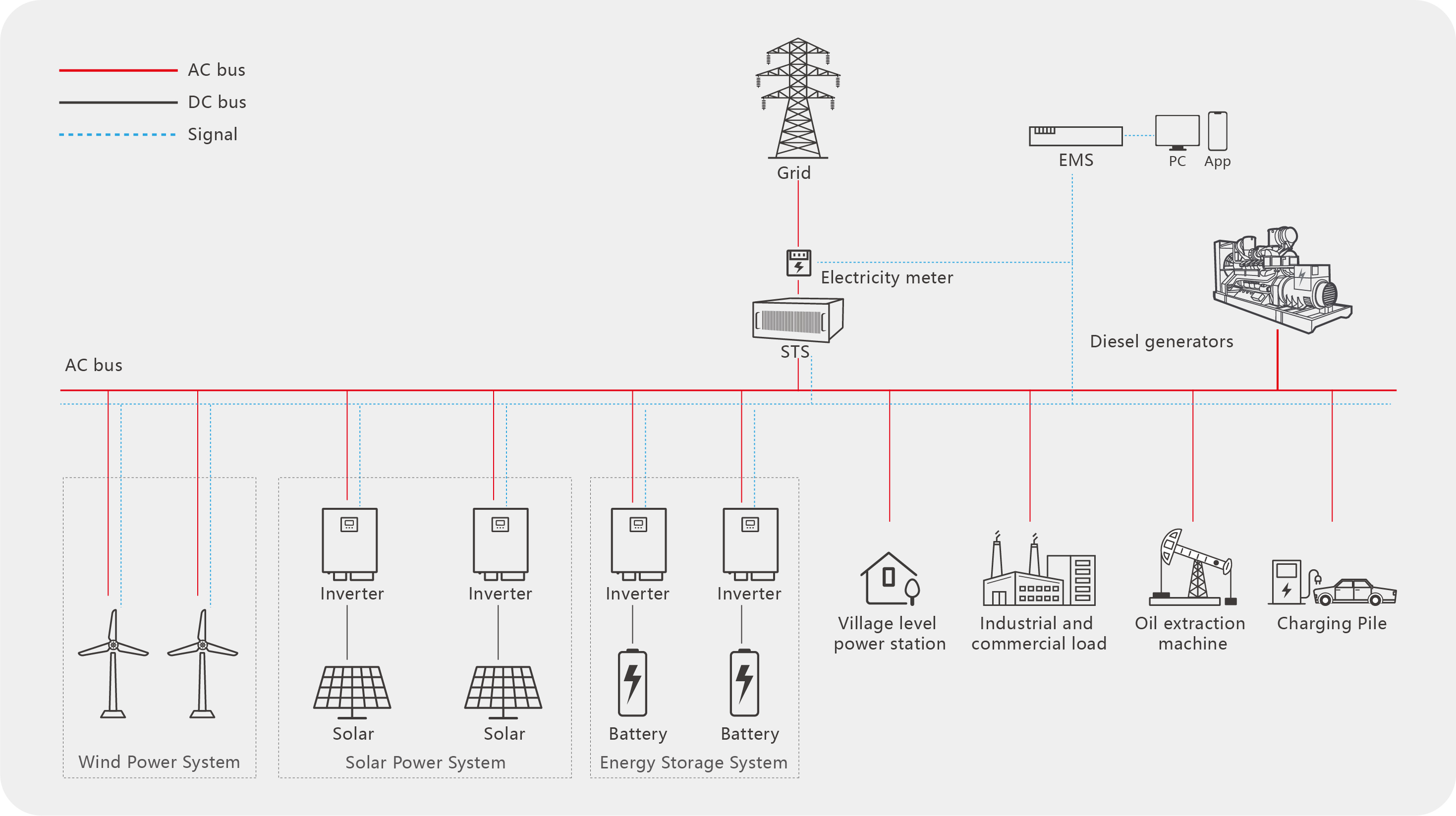 Core technologies of microgrids
Core technologies of microgrids
 Solar and multi-scenario fusion solar power supply system
Solar and multi-scenario fusion solar power supply system
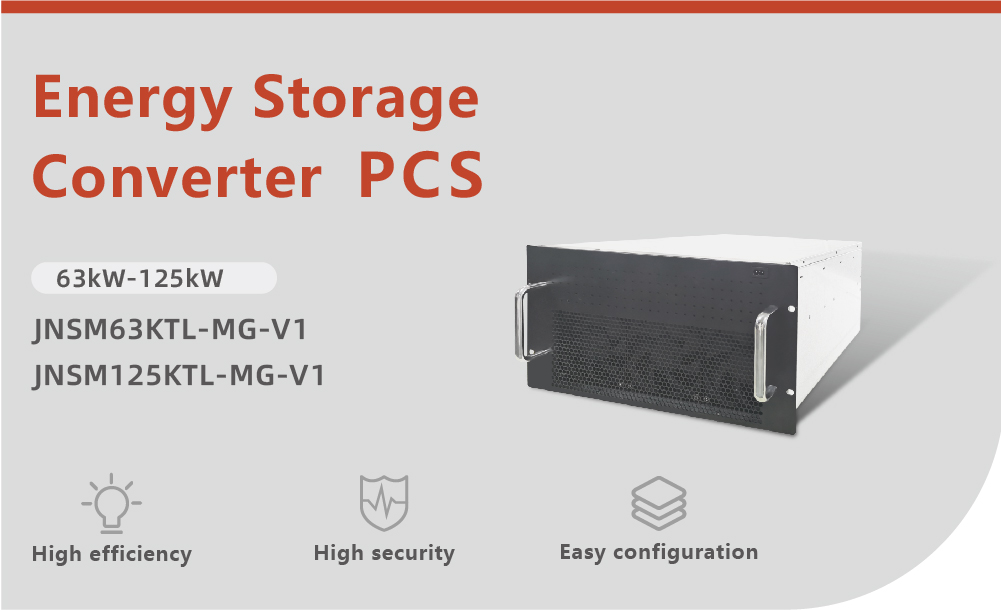 Understand PCS energy storage converter in one article
Understand PCS energy storage converter in one article
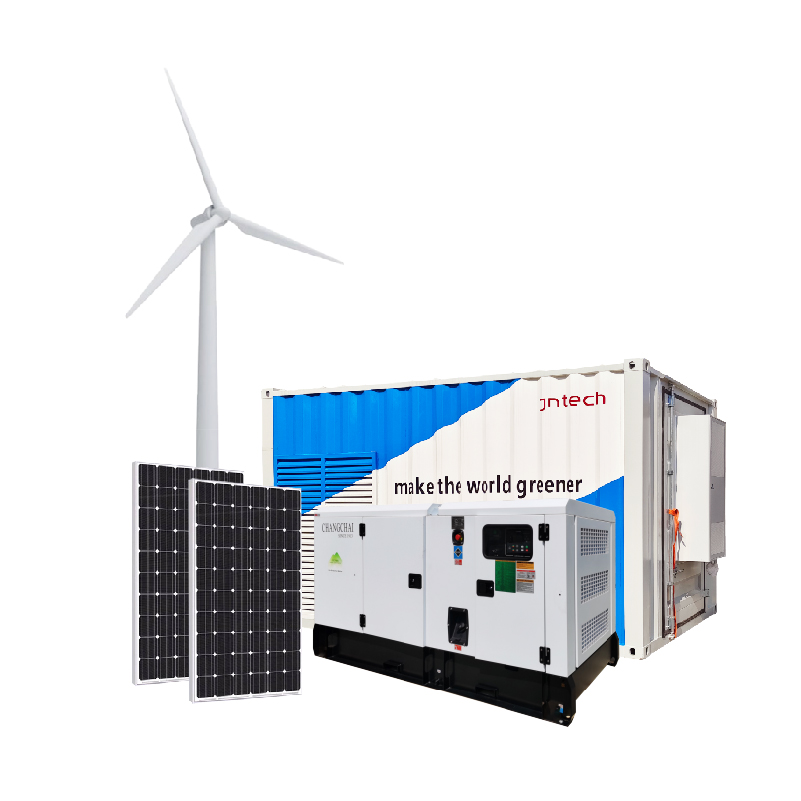 Wind-solar and energy storage battery system
Wind-solar and energy storage battery system
 Industrial And Commercial Are Very Different When It Comes To Energy Storage
Industrial And Commercial Are Very Different When It Comes To Energy Storage
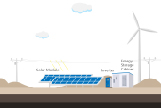 Jntech renewable energy power supply solutions zero-carbon oil recovery microgrid system
Jntech renewable energy power supply solutions zero-carbon oil recovery microgrid system
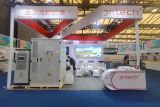 Liquid-cooled energy storage cabinet: the preferred solution for industrial and commercial energy storage
Liquid-cooled energy storage cabinet: the preferred solution for industrial and commercial energy storage
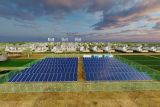 Village-level Microgrid Energy Storage Power Station - The Perfect Integration Of Environmental Protection And Economic Benefits
Village-level Microgrid Energy Storage Power Station - The Perfect Integration Of Environmental Protection And Economic Benefits
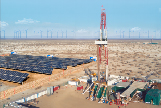 Application Of Micro-Grid System In Oil Fields
Application Of Micro-Grid System In Oil Fields
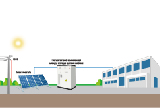 Industrial and commercial energy storage systems - the key to improving energy efficiency
Industrial and commercial energy storage systems - the key to improving energy efficiency
 Innovative solutions to sustainable energy and power supply challenges
Innovative solutions to sustainable energy and power supply challenges